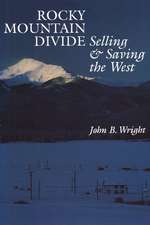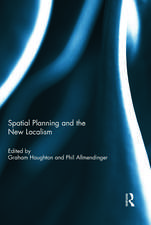Wild Animals and Settlers on the Great Plains
Autor Eugene D. Flehartyen Limba Engleză Hardback – 30 apr 1995
This unique history chronicles reciprocal relations between settlers and the native fauna of Kansas from the end of the Civil War until 1880. While including the development of early-day conservation and game laws, zoologist Eugene D. Fleharty tells of wanton wastefulness on the frontier, but also curiosity, concern, and creativity on the part of individual settlers, who hunted and fished for food and recreation or simply wondered at the animals' antics.
Using only primary accounts from newspapers and diaries, Fleharty vividly portrays frontier life before such species as the bison, beaver, antelope, bear, mountain lion, gray wolf, rattlesnake, and black-footed ferret were more or less extirpated by steel plows, reapers, barbed wire, and firearms. As the author shows the impact of civilization on the prairie ecosystem, readers will share in the lives of the early settlers, experiencing their successes and hardships much as their neighbors did.
This historical account of a typical plains state's ecology during the traumatic homesteading era will interest professionals concerned with biodiversity and global warming as well as frontier-history buffs.
Preț: 208.16 lei
Nou
39.83€ • 41.51$ • 32.98£
Carte disponibilă
Livrare economică 13-27 martie
Specificații
ISBN-10: 0806127090
Pagini: 336
Dimensiuni: 146 x 223 x 24 mm
Greutate: 0.57 kg
Ediția:New.
Editura: University of Oklahoma Press











